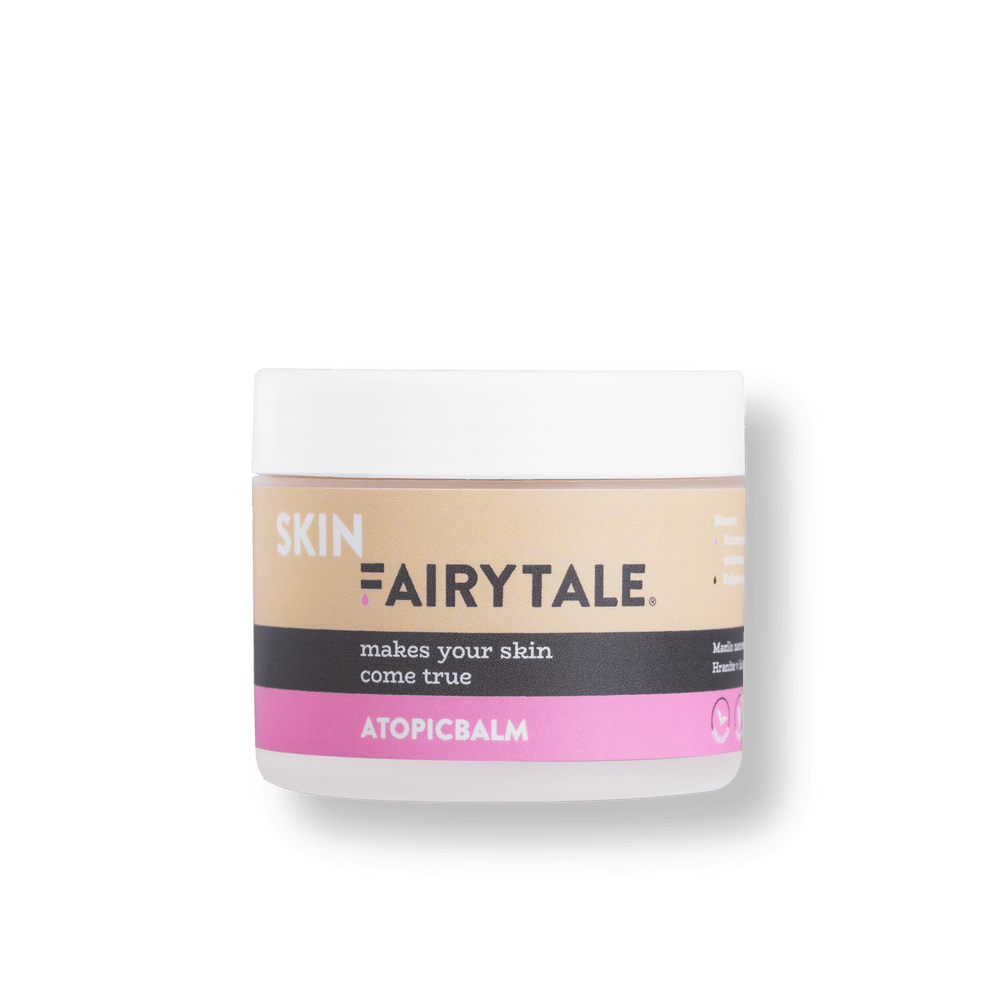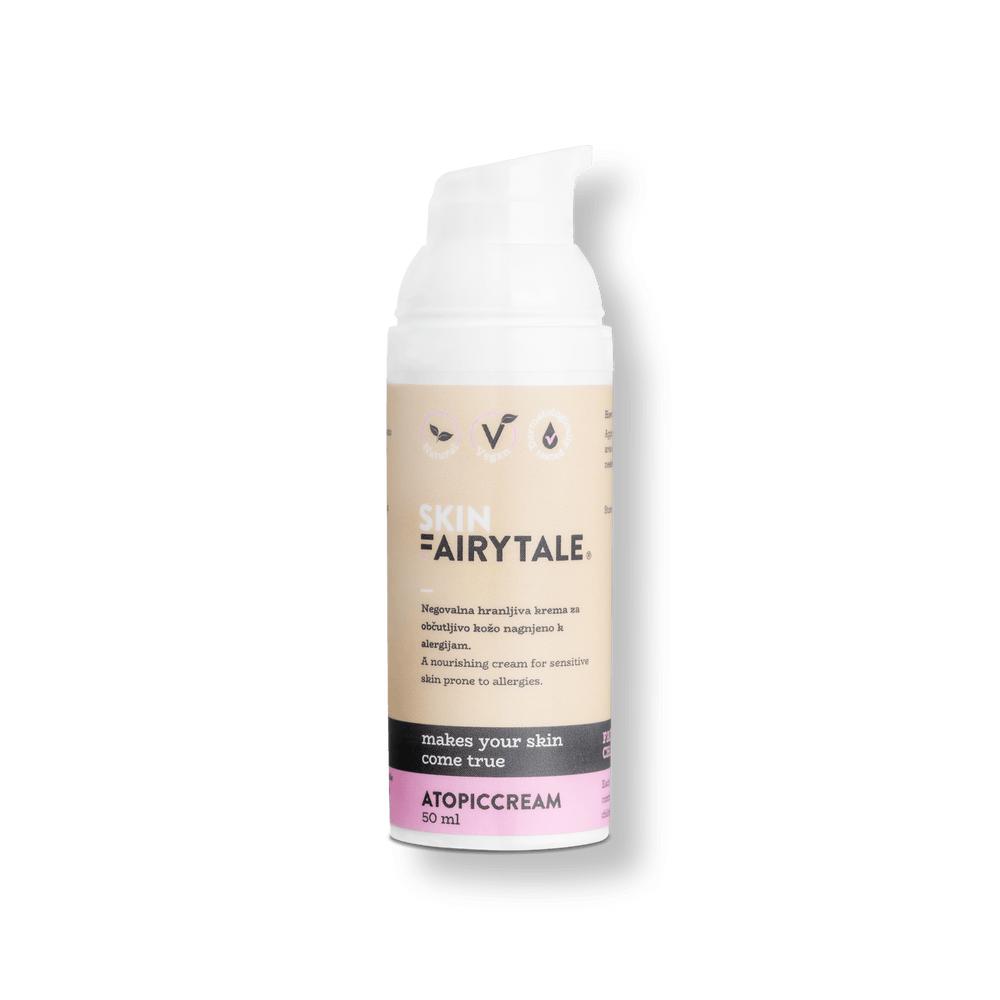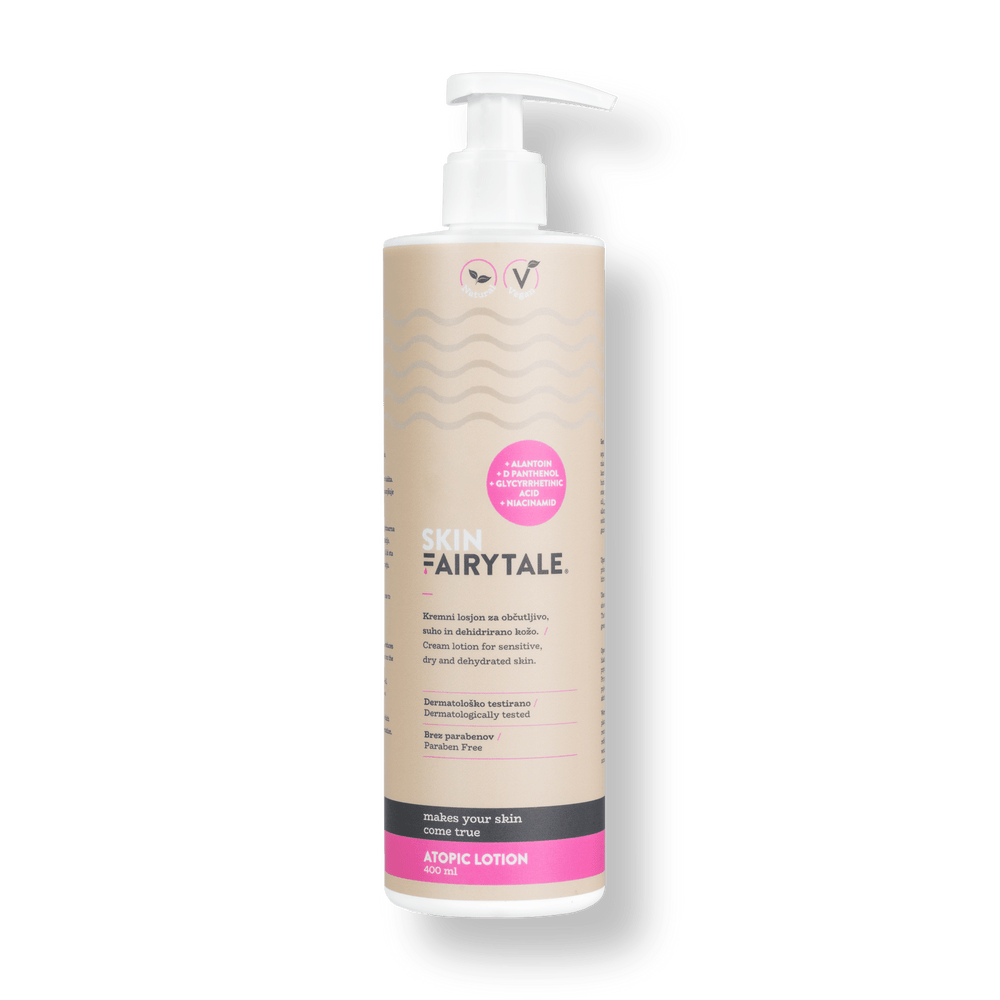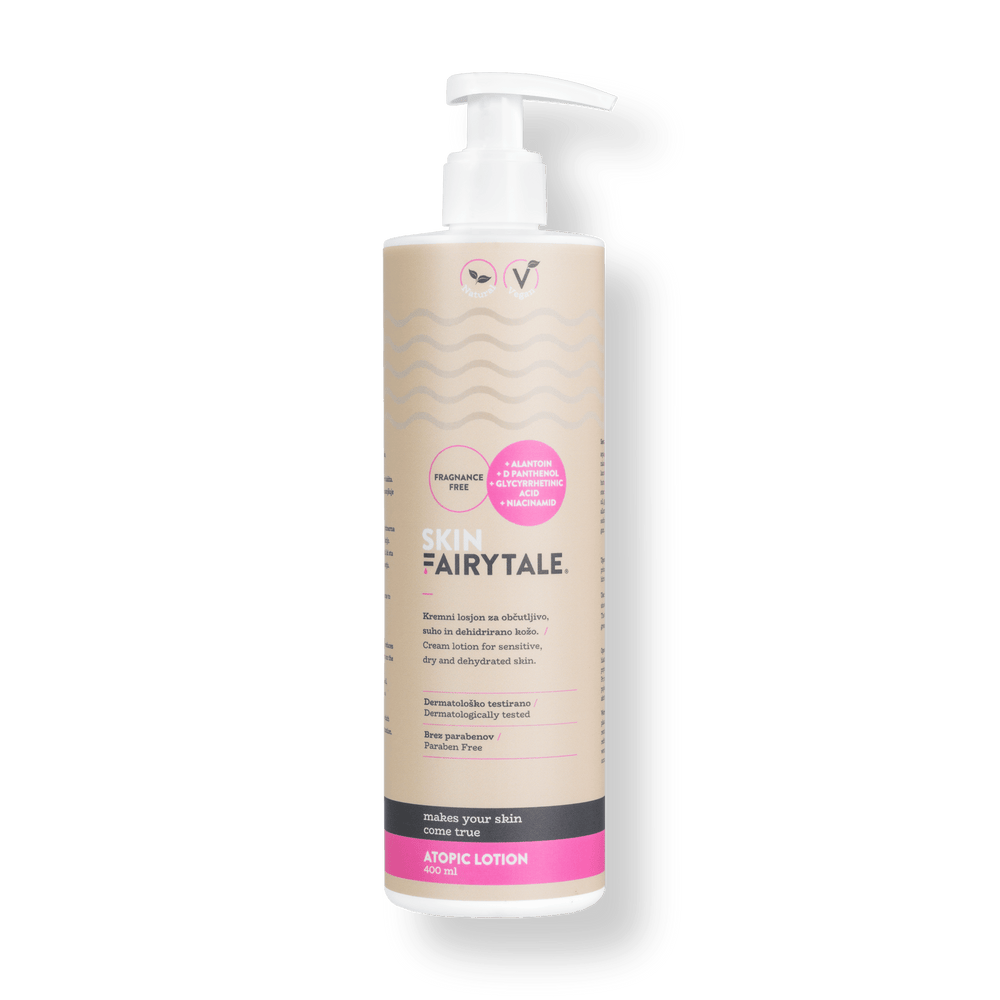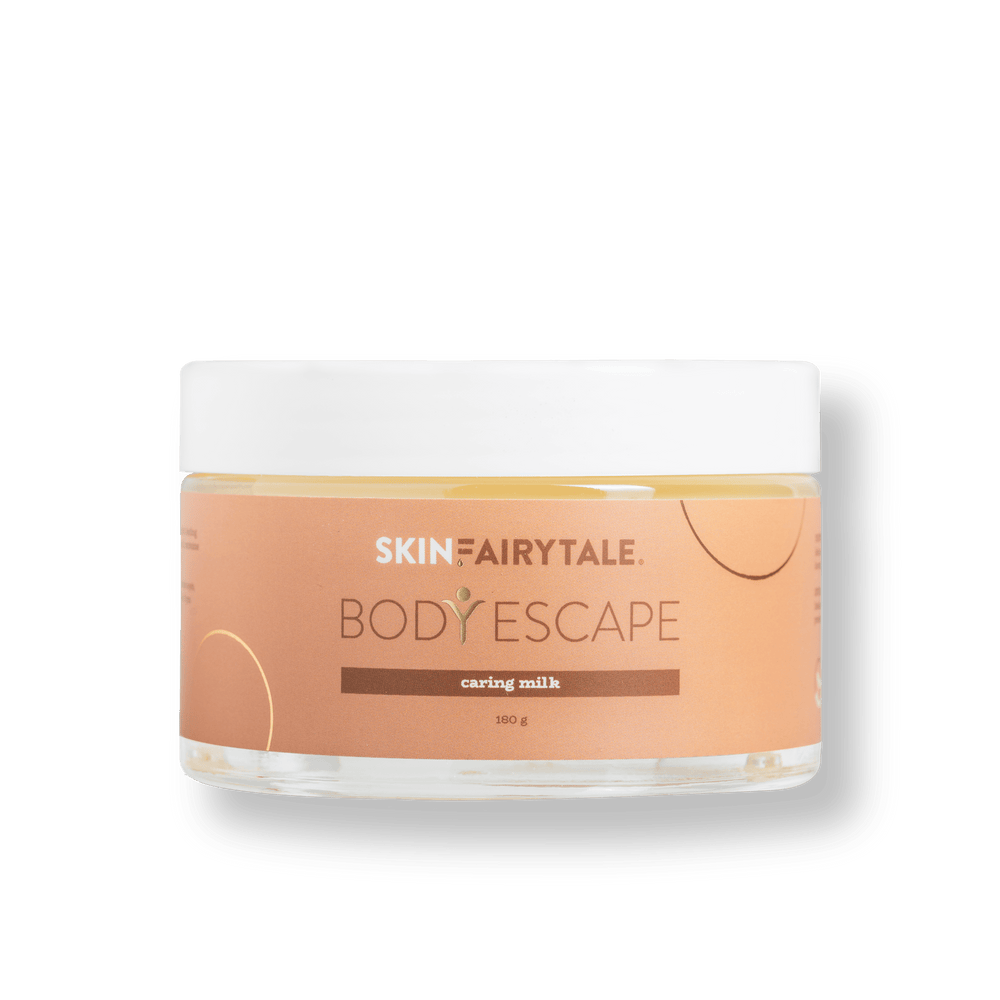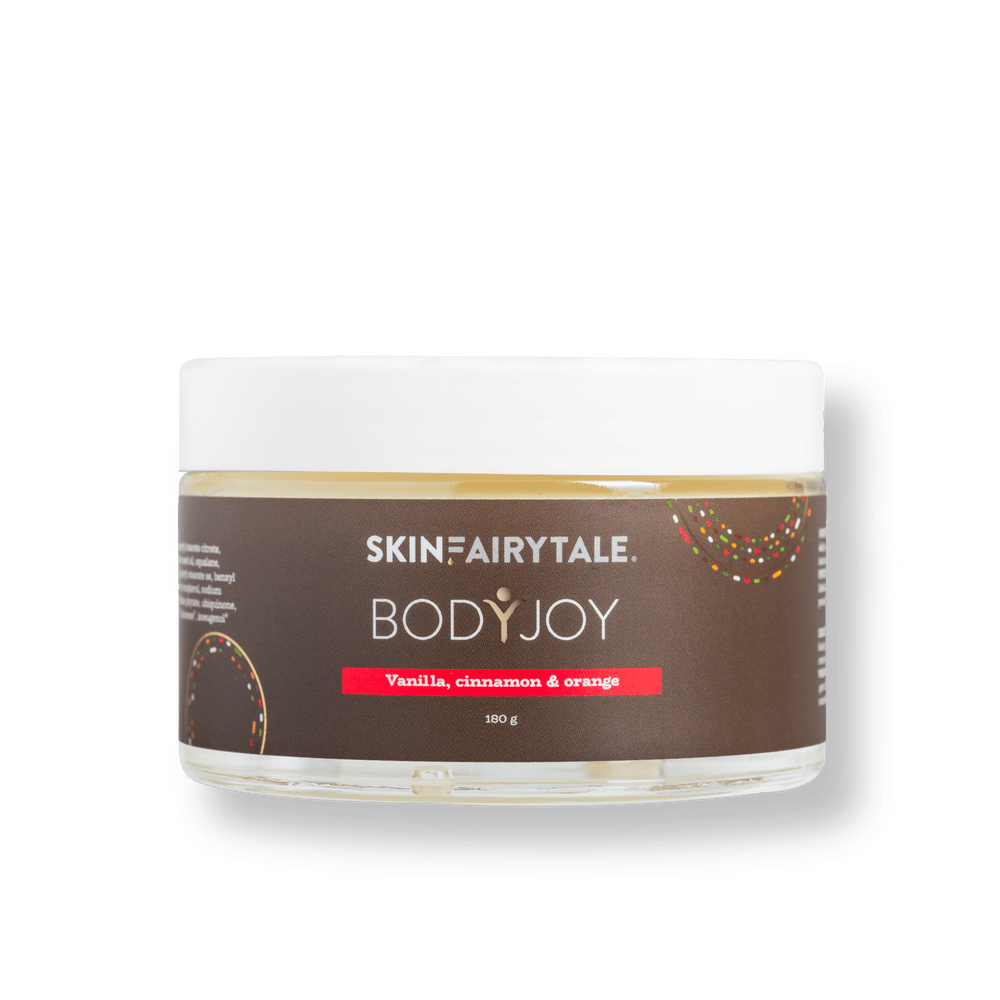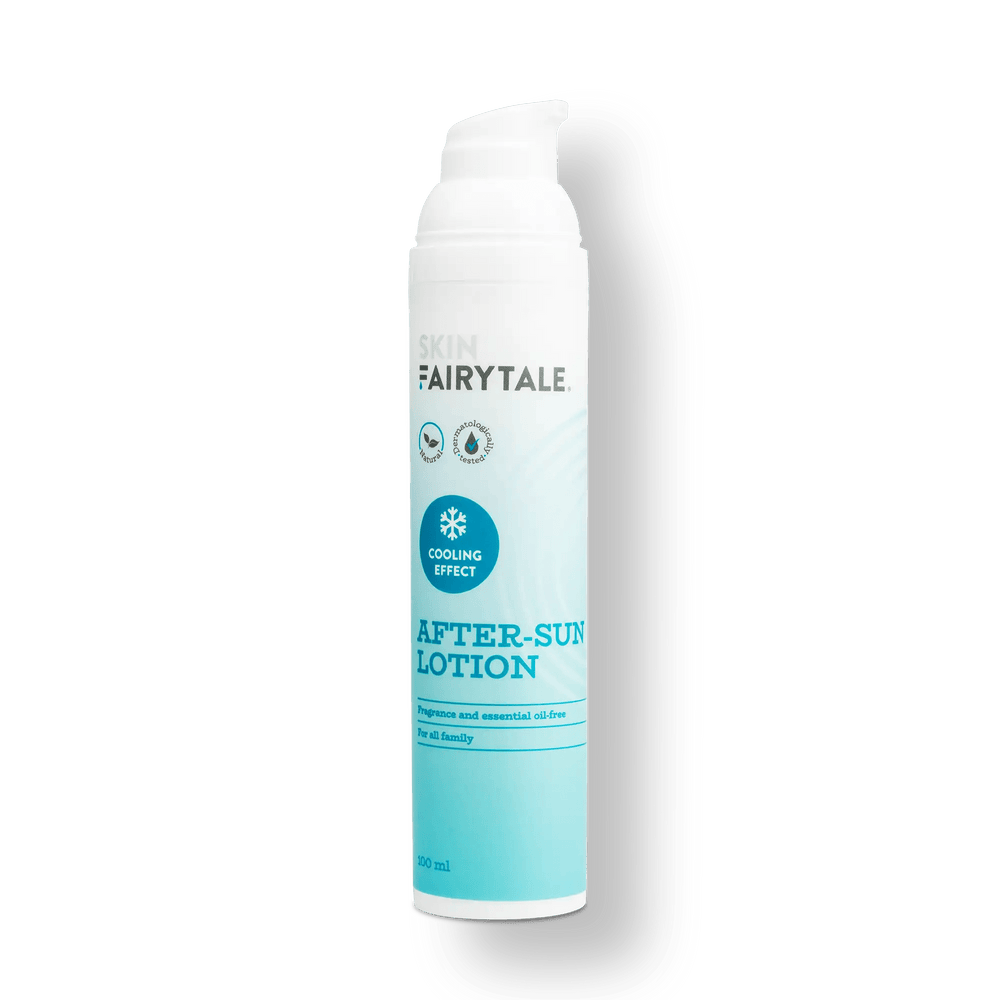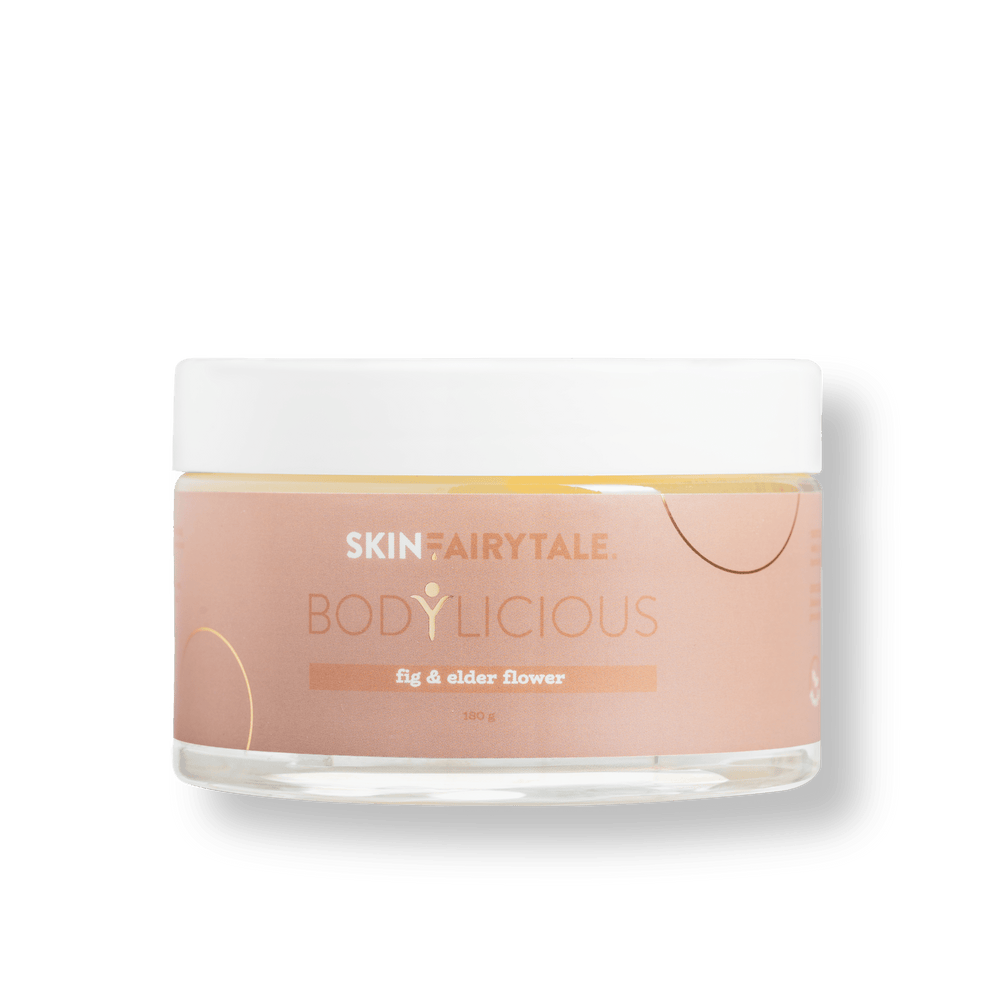
Wondering what's behind those long, Latin-based terms on your cream, serum, or shampoo? Welcome to the world of INCI notation – it's the language all cosmetic ingredients speak. This article will help you understand what INCI is, how to read it, and why it's important when choosing cosmetic products.
What is INCI?
INCI stands for International Nomenclature of Cosmetic Ingredients. It is a standardized naming system used by all EU member states and many other countries, including the United Kingdom. INCI means that whether you buy a cream in Slovenia or Spain, you will always find the same list of ingredients on the packaging.
Why is the INCI list important?
INCI is required by law on all cosmetic products. Its main purpose is transparency – so that you as a consumer can check what the product contains. This is especially important if you have allergies, sensitive skin, specific preferences (e.g. avoiding fragrances or essential oils), or if you are pregnant and want to avoid certain ingredients.
Where can I find the INCI list?
The INCI list is usually listed on the outer (secondary) packaging of the product, such as the box. If the product is not in a box (e.g. a serum bottle), the list must be on the primary packaging. All intentionally added ingredients must be listed.
How are the ingredients listed?
- Ingredients present in more than 1% must be listed in descending order .
- Ingredients below 1% may be listed in any order .
- At the top of the list is usually aqua (water) , as it is most often the primary ingredient.
But be careful: sometimes brands take advantage of the rule of arbitrary order below 1% and place marketing-interesting ingredients higher than they are actually present – which is permissible, but can be misleading.
Can I tell the effectiveness of a product from the INCI list?
Unfortunately not. The INCI list does not say:
- Exact ingredient concentrations (except for rare exceptions such as phenoxyethanol, which is limited to 1%).
- Is the product really effective?
- What is the quality of the ingredients?
- What is the pH of the product – which is key for the action of acids and vitamin C.
- Does the product have a professional safety assessment?
Example: Allantoin and its place on the INCI list
Allantoin is an extremely effective moisturizer and regenerative ingredient that works at a concentration of 0.1-0.5%. Just because it's at the end of the INCI list doesn't mean the product is ineffective - it's just an ingredient that doesn't need a high concentration to work.
How should I use the INCI list for myself?
If you have sensitive skin, allergies, or want to avoid certain ingredients (e.g. essential oils, sulfates, alcohol, mineral oil), the INCI list is a key tool. Use it to:
- Avoiding certain ingredients (e.g. perfume, SLS, limonene).
- Identifying the active ingredients you are looking for (e.g. niacinamide, hyaluronic acid, panthenol).
- Checking the suitability of products during pregnancy (avoid retinol, high concentrations of salicylic acid, certain essential oils).
What do CI numbers and allergens mean in INCI?
At the end of the INCI list, you will often find ingredients like limonene, linalool, citronellol – these are natural allergens from essential oils or perfumes. They are present in trace amounts and must be declared by the manufacturer if they are present in more than 0.001% in a product that remains on the skin.
CI numbers indicate colorants – e.g. CI 77491 (iron oxide) or CI 77891 (titanium dioxide). If titanium dioxide is listed as a CI number, it is a colorant. If it is listed as “Titanium Dioxide”, it is added as a UV filter.
Why does INCI sometimes differ?
If you compare the INCI on the website and the product packaging, there may be differences. This can happen if:
- You purchased a previous version of the product with the old composition.
- The labels have not yet been updated.
- The product comes from a different series with an adapted composition.
At SkinFairytale, we strive for maximum transparency - each product has an up-to-date INCI list listed on the website.
What about the length of the INCI list – shorter is better?
Not necessarily. A shorter INCI can mean a more minimalist, concentrated formulation. A longer INCI can indicate a more complex composition with more active ingredients, preservatives, stabilizers, and plant extracts. It is important to be able to identify the key ingredients and focus on them.
How can the CosIng database help you?
If you are unfamiliar with a particular ingredient, you can search for it in the European Coslng database, where you can find information about its function, limitations, and safety recommendations.
Conclusion: Let INCI be your ally
The INCI list is an indispensable source of information, but it is not all-knowing. It won't tell you how effective a product is, but it can help you weed out unwanted ingredients and choose better skincare for yourself.
Want to check the INCI of our products? Visit SkinFairytale.si , where you will find a transparent INCI list for each product. If you need help, write to us - we are happy to advise you!



